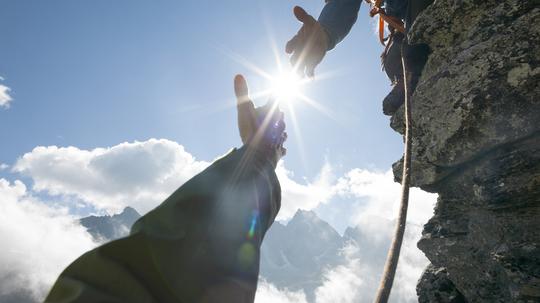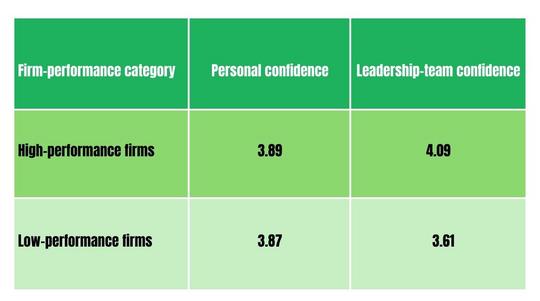
People keep telling me that it “feels” like a lot of things are harder to do than they used to be. For those who believe this, it seems one common thought is that COVID-19 is to blame. However, there are a lot of things we can blame. How many of you blame the internet and the constant connection we all now have? How many blame politics? What about the great resignation or inflation?
Random act of kindness
I wrote the first paragraph, read it over and then thought I would ditch this article idea and start over, but I decided to go ahead with it after an experience at CVS.
I was traveling out of state and stopped in to get a few things. Waiting in line took what seemed like forever because the woman in front of me had many questions. She could not figure out how to use her credit card (looks like she never had it activated), and then after what seemed like 15 minutes, she ended up not having enough money to pay for her order. I could not see what happened, but either the cashier or the store made up the difference, and she finally walked out.
I was irritated, but I just kept it to myself, smiled and checked out. I was thinking how this interaction supported the notion that at least some things are harder, but as I was going to leave, the cashier printed out a $5 ticket to thank me for my patience. So, what’s the moral of this story?
The last few years have made some things we do harder, but it also has brought out the best in many of us. We have learned to wait for people’s video technology to work when it’s delayed or slow. We have been patient with last-minute cancellations because people need to isolate or take care of sick friends, children, spouses or parents.
And there has been an effect on the way leaders are teaming with their peers. I’ve seen this phenomenon during economic-downturn years in the past, so I wasn’t surprised to see it again, but it’s another story worth sharing.
Hope and humility story, part one
Overall, I think we all see it is often easier to focus on the negative than to notice the positive. That’s what I learned in my older research studies on leadership confidence (sample report from recession year of 2009). I do this study at least once a year and have been conducting it annually since 2003. The sample is a group of leaders from around the world, with about 40% being in C-level jobs and the rest VPs, senior VPs, directors and managers.
During economic downturn years – and only during these years – we found an interesting break in the pattern of data. In high-performing firms, confidence in the leadership team was higher than confidence in an individual leader’s skills. However, in low-performing firms, confidence in “me” is higher than confidence in the team.
After digging into the comment data and asking leaders about this finding we discovered the tougher working climate resulted in leaders working together more than in the past, relying on each other more and realizing just how much they need to work with their leadership team members to get things done. In that 2009 study, leaders broke the prior pattern of being more confident in themselves than in their teams (from 2003 to 2009). That’s why I called this story “Hope and Humility;” the act of being humble led these leaders to have a more hopeful attitude and care for each other, resulting in higher performance and growth in their firms, even during a downturned economy.
Hope and humility, part two
In my data from 2022, we found the same pattern we uncovered during the earlier recession-year report. The confidence data are reported on a one-to-five scale (one is not-at-all confident, and five is very confident). Below is a table with the results for high- and low-performing firms.

It seems during the last two years of COVID-19, and numerous other issues playing out in society, this time of uncertainty is taking its toll. Some things are harder, but when companies succeed in these times, they lean on each other and together succeed. Like my CVS story, sometimes it takes patience to see the greatness people around you can offer.
What happens when times get better?
This is a question I leave leaders with when done talking about the “Hope and Humility” story. How do you retain what was learned during these years of tougher times? There are two important things we – those of us who teach and help entrepreneurs and those of us in leadership positions in organizations – can do.
- Teach change-management skills. Be prepared for the next downturn; teach leaders and employees the art and science of humility and when being part of a team may be more important than shining individually. I say this after reporting on a study of confidence. Confidence is important, but we also see that you become more confident when you are part of a team of people who “have your back,” as they say.
- Continue to teach leaders to be team players, not just leaders. The art and skill of working with others during times of high change needs to be part of everyone’s curriculum.
If you want to learn more about the leadership confidence study, contact Theresa M. Welbourne, Ph.D., at twelbourne@cba.ua.edu. Consider joining the Growth and Innovation Leaders Forum; this is one of the many topics we will be tackling in 2023.
